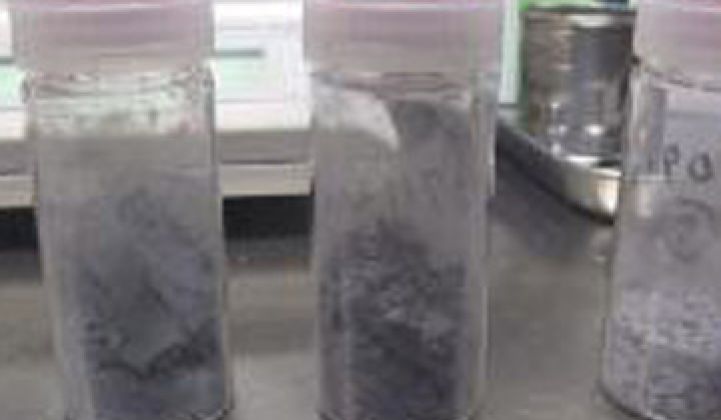A Japanese research team has developed a technology to selectively separate and collect rare earth materials such as neodymium (Nd) and dysprosium (Dy) from used neodymium-iron-boron (Nd-Fe-B) magnets.
In a separate development, Toyota and Sumitomo have launched an effort to recover nickel from spent nickel metal hydride batteries (the kind used in vehicles like the Prius) for new hybrids. Recycling comes amid back-and-forth signals from the Chinese government on whether or not to curb exports of rare earth minerals.
The research team on the rare earth recovery is led by Toru Okabe, professor at the Institute of Industrial Science, the University of Tokyo. Because the technology uses a dry process that uses halide salts such as chlorides and iodides, it does not generate a harmful waste liquid.
This time, the research team conducted experiments by using magnesium chloride (MgCl2) and zinc iodide (ZnI2). The processes of separation and collection are as follows.
First, magnet alloy bars and a chloride are put in a crucible and heated so that the magnet alloy soaks into the molten salt. Then, rare earth materials contained in the magnet alloy such as Nd and Dy are salified or iodized and seep out in the molten salt while Fe and B stay solid.
For more on the story, please go to TechOn. The site also has a great story on EUV lithography.



